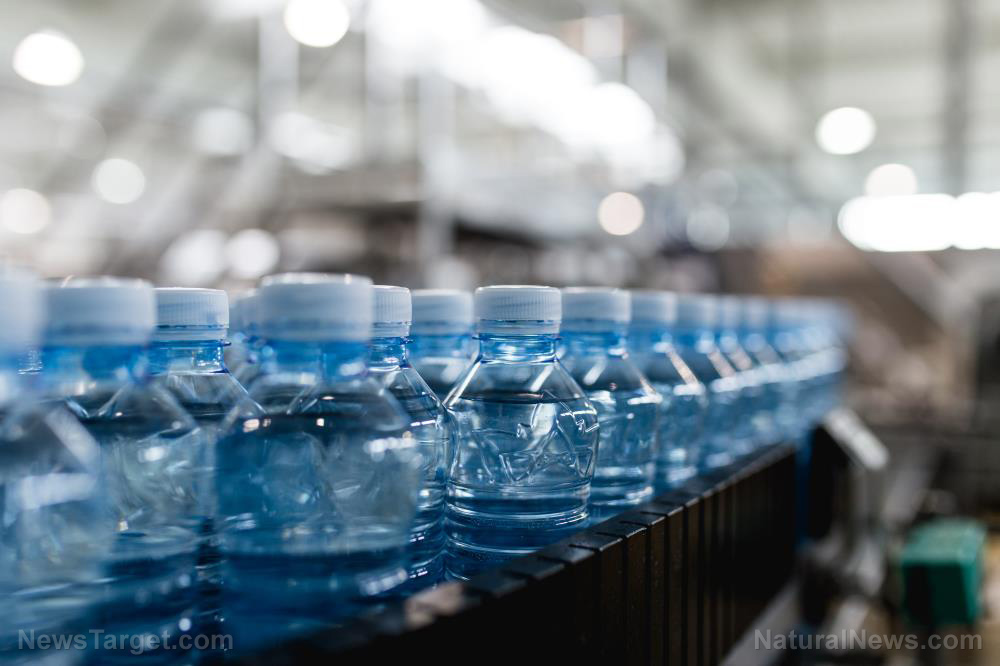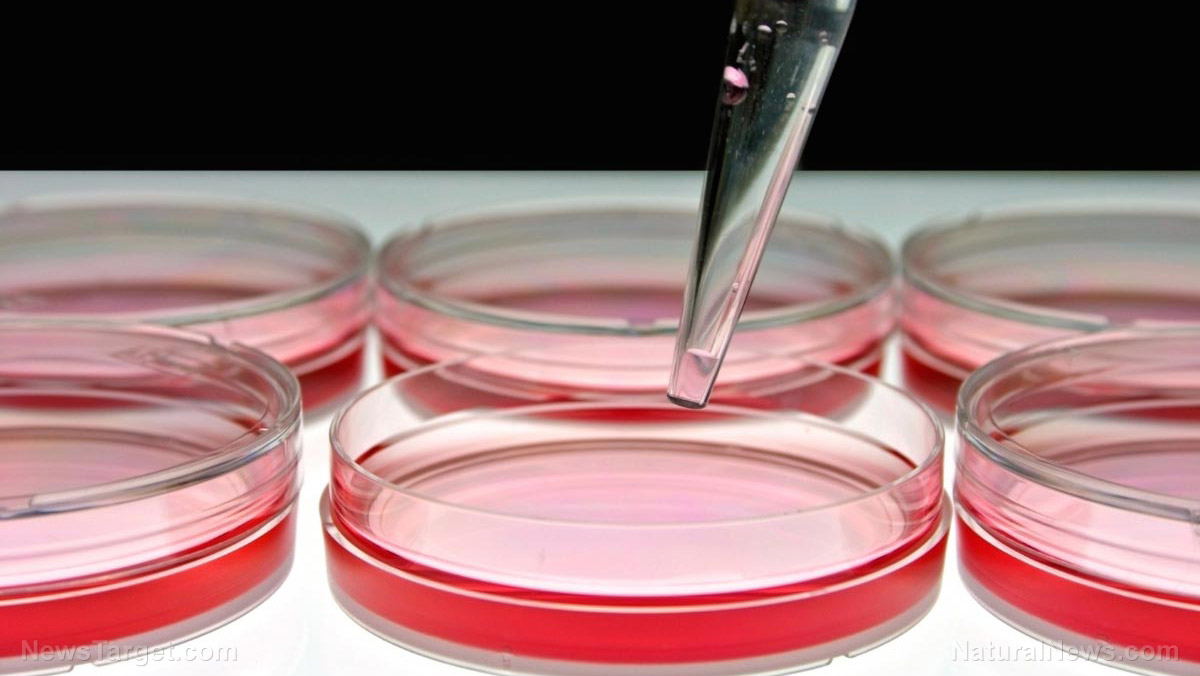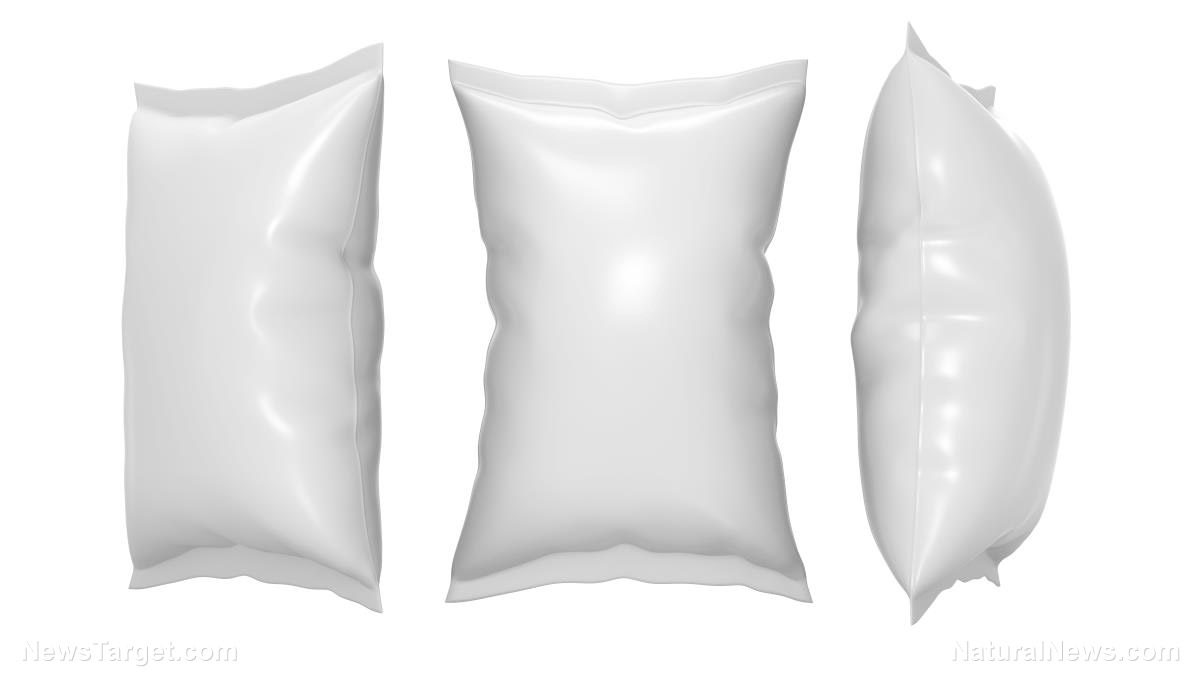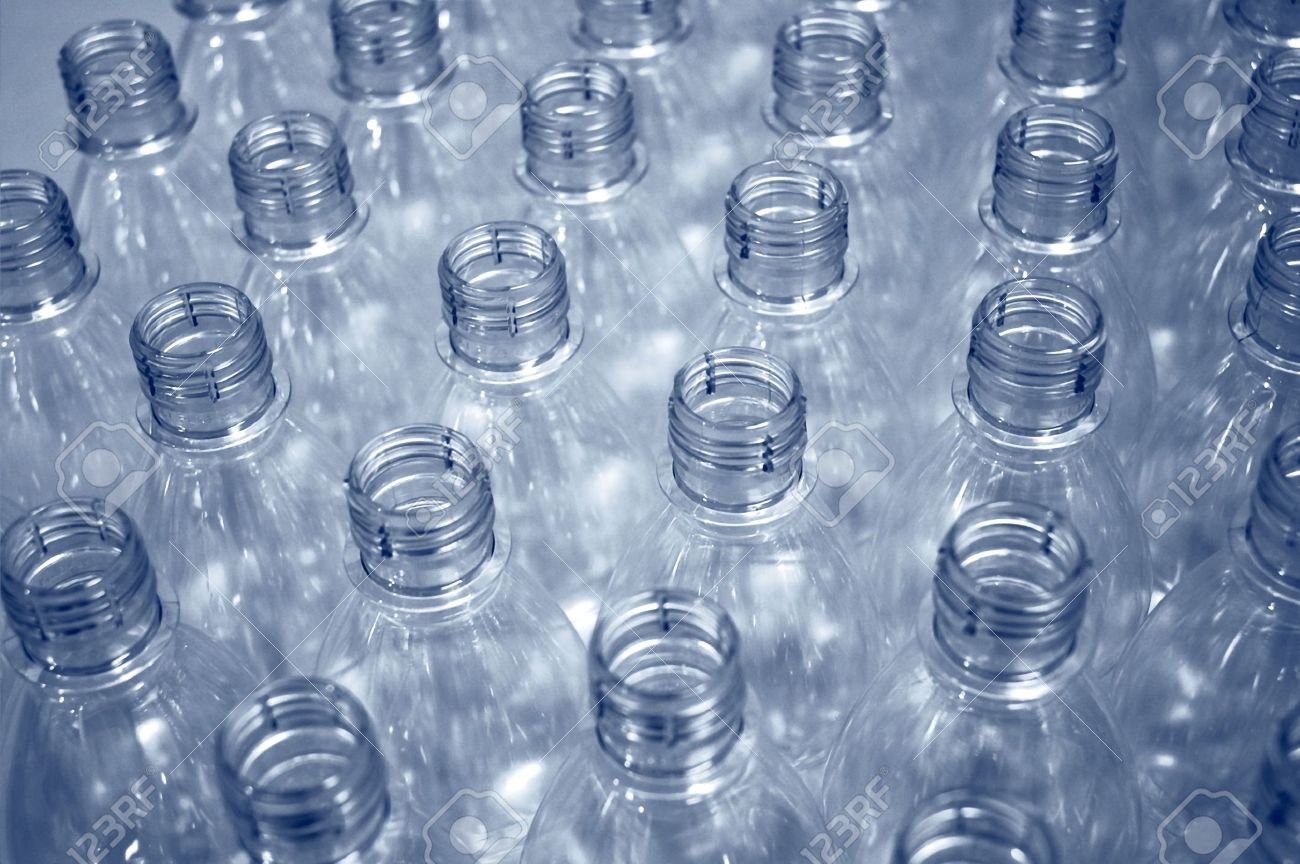
Fortunately, however, researchers from Aalto University have unveiled a tantalizing – and potentially sustainable – alternative: composite bioplastics made out of spider silk and wood fibers.
As detailed in the journal Science Advances, the researchers created the biocomposite by first breaking down birch wood pulp in order to make tiny microscopic cellulose fibers, which they then aligned to make a stiff scaffold-like structure.
According to Pezhman Mohammadi, a research scientist from the VTT Technical Research Centre of Finland, these fibers were then infused with spider silk proteins, which effectively held them together in a soft matrix.
These base materials were chosen specifically for their distinctive properties: the cellulose fibers found in wood are known to be extremely stiff and tough, while spider silk is well-known for being five times as strong as steel by weight.
Markus Linder, a professor at Aalto University and the study’s lead researcher, noted however that the spider silk proteins they used during the research were not extracted from spiders, but rather from bacteria.
According to Linder, they were able to do this by first making synthetic DNA that mimics the spider’s silk protein-producing genes, which were inserted into bacteria that can then produce the protein in large enough quantities.
“Because we know the structure of the DNA, we can copy it and use this to manufacture silk protein molecules which are chemically similar to those found in spider web threads. The DNA has all this information contained in it,” Linder said. (Related: Spider silk is so strong that researchers can use it to improve the performance of piezoelectric nanogenerators.)
According to the researchers, the resulting composite could be a possible biodegradable replacement for conventional plastics, noting that it can be used for different purposes such as medical implants, sutures, textiles and even packaging.
Mohammadi added that the study, which is part of the work of the Centre of Excellence in Molecular Engineering of Biosynthetic Hybrid Materials (HYBER), could even be used as a basis for future research regarding similar biocomposites.
“In the future, we could manufacture similar composites with slightly different building blocks and achieve a different set of characteristics for other applications,” Mohammadi said, noting that their research paints an optimistic future for sustainable materials.
Standard “biodegradable” plastics a sham
The Aalto University research comes at the heels of reports from the United Nations Environment Program (UNEP) about the nature of conventional “biodegradable” petroleum-based plastics.
According to the report, titled Biodegradable Plastics and Marine Litter: Misconceptions, Concerns and Impacts on Marine Environments, while some plastics are often stamped with the “biodegradable” tag, these actually require specific conditions that often only occur in industrial composters in order for them to truly biodegrade.
Plastics such as polyethylene, on the other hand, are made with metal-based additives that result in their rapid fragmentation once they are exposed to the environment. This, the report said, will only serve to increase the rate of microplastic formation.
Microplastics, according to the National Oceanic and Atmospheric Administration (NOAA), are tiny plastic pieces that measure less than five millimeters long. These plastics can be harmful to our ocean and the marine organisms that live in it.
“Once in the ocean, plastic does not go away, but breaks down into microplastic particles,” UNEP’s Executive Director Achim Steiner said, adding that there are no "quick fixes" to this problem, except for a "more responsible" approach to managing not just our use of plastics, but also their life cycles in order to reduce their impacts on our oceans and ecosystems.
Sources include:
Please contact us for more information.





















